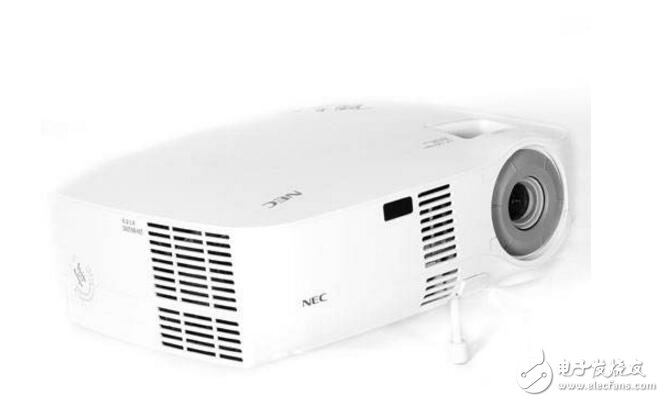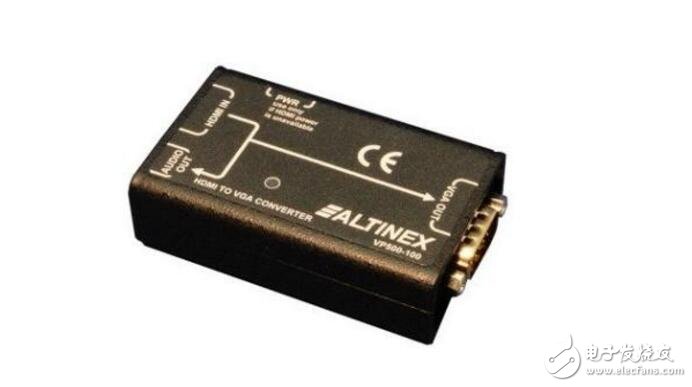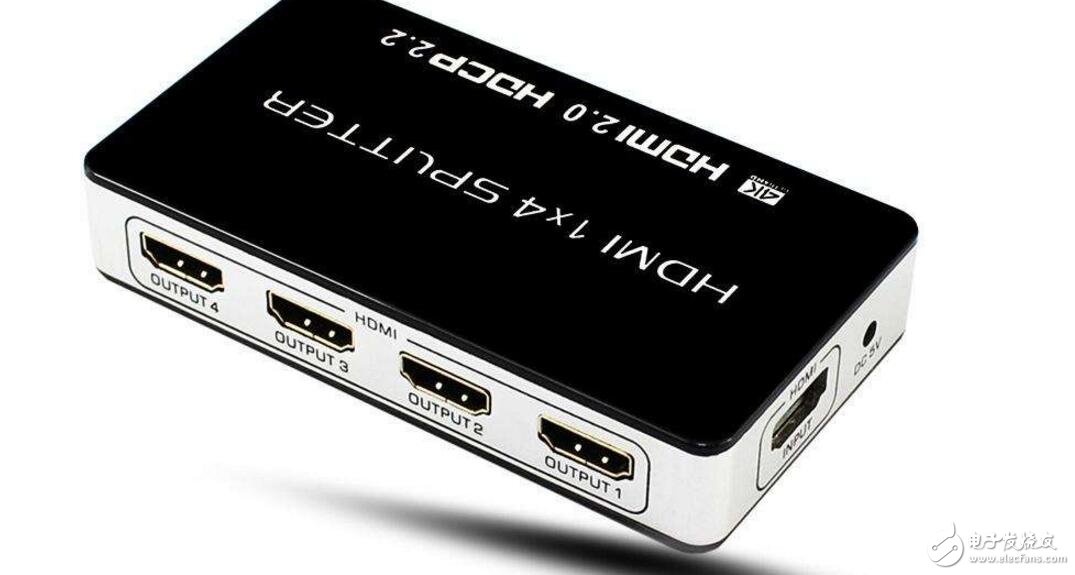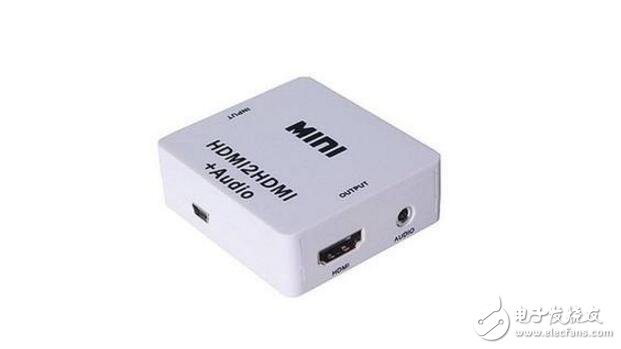HDCP (High-bandwidth Digital Content ProtecTIon): High-bandwidth digital content protection technology. The era of HDTV (HDTV) is coming, and in order to adapt to the high bandwidth of HDTV, HDMI has emerged. HDMI is a high-definition digital interface standard that provides high bandwidth and lossless transmission of digital video and audio signals. In order to ensure that high-definition signals transmitted by HDMI or DVI are not illegally recorded, high-bandwidth digital content protection technology, namely HDCP technology, has emerged. The HDCP specification is led by Intel. When the user makes an illegal copy, the technology interferes and reduces the quality of the copied image, thereby protecting the content.

The data content protected by HDCP technology (referred to as DP) on the computer platform will be verified by the COPP driver (certified output protection protocol) in the operating system first, and only the legitimate graphics card can realize the content output, and then the display device should be authenticated. The key, only the HDCP-compliant device can finally display the content transmitted by the video card. In the HDCP transmission process, both the transmitting end and the receiving end store an available key set. These keys are secretly stored. Both the transmitting end and the receiving end perform encryption and decryption operations according to the key. In this operation, a special one is added. Value KSV (Video Encryption Key). At the same time, each device of HDCP will have a unique KSV serial number, and the cryptographic processing unit at the transmitting end and the receiving end will check the KSV value of the other party to ensure that the connection is legal. HDCP encryption process.

As mentioned earlier, HDCP requires the support of both hardware and software. Any device that participates in content transmission is indispensable. Microsoft will integrate the "Protected Content Output Management Protocol (OPM)" in the next-generation operating system Vista to confirm the performance of the display device and HDCP support before outputting content. At the same time, as the main carrier of high-definition video, Blu-ray and HD-DVD will also implement the HDCP standard.
The video source playing and the display terminal device will realize the secondary encoding/decoding of the signal through the built-in conversion chip, and the products involved include a display card, a DVD player, a television, a display, a projector and the like. HDCP is implemented through the digital interface DVI-D or the new HDMI. The latter is more common and has both audio/video transmission and is almost a symbol to support HDCP. However, HDMI+HDCP currently seems to be only a high reputation in the field of home appliances, almost becoming the standard configuration of new products, far ahead of the actual application, but due to the compatibility of the future and the pressure of upstream protocol makers, equipment manufacturers do not dare to neglect. In the PC field, although Microsoft has been "warning" that Vista can only support HDCP protocol graphics cards and corresponding drivers, but the time-hopping tickets give accessory manufacturers more reasons. The HDCP protocol is used to prevent the video content from being completely copied during the transmission process. This technology does not allow digital signals to be illegally recorded, but encrypts digital signals so that illegal recording methods cannot achieve the original high-resolution image quality. To support the HDCP protocol, digital video interfaces such as DVI and HDMI must be used. The analog signal interface such as the traditional VGA cannot support the HDCP protocol. However, LCD monitors without a DVI interface support the HDCP protocol and must pass a certified display with the corresponding hardware chip.

In layman's terms, HDCP technology is actually an encryption technology. Unlike ordinary encryption technology, HDCP can encrypt video in both vertical and horizontal directions. First, let's look at the vertical, that is, computer hardware must support HDCP. Technology, which requires three parts: display, graphics card, and optical drive. Blu-ray and HD DVD drives have added support for HDCP, which protects the video content on the disc from being copied and played elsewhere.
In the specific process of HDCP operation, both the sender and the receiver store an available key set. These keys are secretly stored. Both the sender and the receiver perform encryption and decryption operations according to the key. A special value KS (video encryption key). At the same time, each device of HDCP will have a unique serial number: KSV, which consists of 20 "1"s and 20 "0"s. The cryptographic processing unit at the sender and receiver will check the KSV value of the other party to ensure that the connection is legitimate.
The HDCP encryption process will process each pixel, making the picture irregular and unrecognizable. Only the sender and receiver receiving the synchronization can perform reverse processing to complete the data restoration. During the decryption process, the HDCP system performs a connection confirmation every 2 seconds, and simultaneously performs a synchronization identification code between the transmitting end and the receiving end every 128 frames to ensure synchronization of the connection.
Since the concept of HDCP is to prevent copying incompletely, it is not allowed to copy "HD" content. So if the display device does not have this function, it is not completely unable to enjoy the contents of "Blu-ray" and "HD DVD", but it does not get the effect of "HD". In fact, "Blu-ray" and "HD DVD" allow the output of a compressed image through an analog interface, which does not achieve the "HD" display. A generation of Microsoft Windows operating system, Windows Vista, also uses a similar mechanism for copyright protection of digital content.

LED Module Indoor Full Color P2.5 Module Indoor LED Display Module using the latest generation technology, 160000dots per square meter. P2.5 Module Indoor Full Color has long span life time 10000hours. Picture true nature of Indoor P2.5 LED Display Module is one good choice when compare Indoor Full Color LED Display Module. We sincerely invite customers all over the world visit us for long term cooperation.
1. High refresh rate 1200Hz ,best scan method for energy saving, perfect 16bits grey level, exclusive technology on driving IC to remove ghost shadow and more pattern, good effect on photographing.
2. Thin: It is die-casting aluminum cabinet, thus it is featured by high strength, toughness, precision and it is hard to be deformed. The edge is just 33mm comparing to the 160mm of common cabinet.
3. Fast: There is fast locking device in four corners. It takes only 10 seconds to assemble one cabinet. It is fast and precise assembling.
Salty spray test, high voltage test, varying temperature test, waterproof test, vibration test.Long service time and low attenuation by applying dual channels for heat dissipation.
P2.5 Module Indoor,Led Advertising Board,P2.5 Led Module,Led Advertising Display
Shenzhen Jongsun Electronic Technology Co., Ltd. , https://www.jongsunled.com